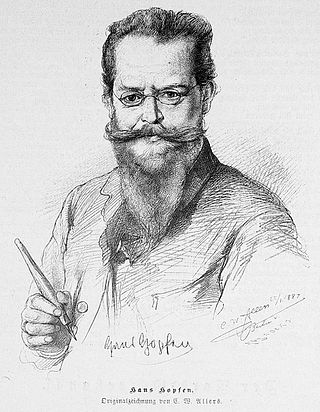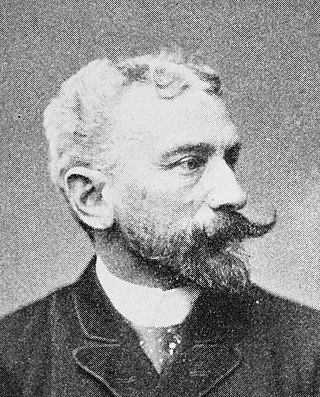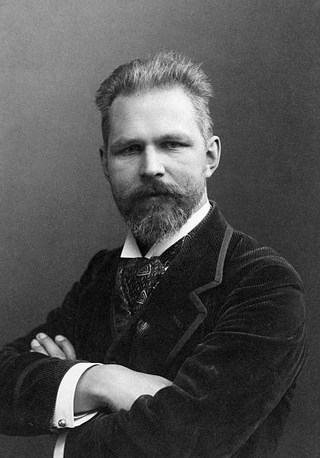Related Research Articles

The Academy of Fine Arts, Munich is one of the oldest and most significant art academies in Germany. It is located in the Maxvorstadt district of Munich, in Bavaria, Germany.
The Düsseldorf School of painting is a term referring to a group of painters who taught or studied at the Düsseldorf Academy roughly between 1819 and 1918, first directed by the painter Wilhelm von Schadow.

The Hagenbund or Künstlerbund Hagen was a group of Austrian artists that formed in 1899. The group's name derived from the name Herr Hagen, the proprietor of an inn in Vienna which they frequented.

Francois (Frans) Verwilt was as a Dutch Golden Age landscape painter.

Josef Danhauser was an Austrian painter and one of the prominent artists of Biedermeier period, along with Ferdinand Georg Waldmüller, Peter Fendi, and others. Danhauser's works, which went largely unappreciated in his time, dealt with moralising subjects and had a clear influence of William Hogarth.

Franz Eybl was an Austrian painter.

Carry Hauser, born Carl Maria Hauser, was an Austrian painter, stage set designer and poet.

Ludwig Pietsch was a German painter, art critic and feature writer and a friend of Theodor Fontane.

Demetrius Hans Hopfen was a Bavarian poet and novelist.

Constantin Wurzbach Ritter von Tannenberg was an Austrian biographer, lexicographer and author.

Biographisches Lexikon des Kaiserthums Oesterreich is a 60-volume work, edited and published by Constantin von Wurzbach, containing about 24,254 critical biographies of notable personages in every walk of life and from all parts of the Austro-Hungarian monarchy who were born, lived or worked there during the period 1750–1850.

Karl Lorenz Rettich was a German landscape artist and draftsman.
Josefine Swoboda was an Austrian portrait painter. She was one of the most active Vienna portraitists.

Georg Decker was an Austro-Hungarian portrait artist.

Ferdinand Schauss, or Schauß was a German painter who specialized in portraits, genre scenes and mythological characters.

Mathilde Block was a German painter and embroiderer. Her artworks and paintings range from pencil portraits to embroidered quilts and have been exhibited in numerous art expositions throughout the world.

Eduard Adolf Daelen was a German painter and writer. For some of his writings he used the pseudonyms Ursus teutonicus, Angelo Dämon, Edu Daelen-Bachem and Michel Bär. He became known above all for the first biography of Wilhelm Busch, which he wrote in 1886.

Adolf Echtler was a German genre painter; noted for his detailed scenes and facial expressions.

August Ludwig Georg Meyn was a German portrait and genre painter.

Henriette Mankiewicz was an art embroiderer from Austria-Hungary.
References
- This article incorporates text from a publication now in the public domain : Gilman, D. C.; Peck, H. T.; Colby, F. M., eds. (1905). . New International Encyclopedia (1st ed.). New York: Dodd, Mead.